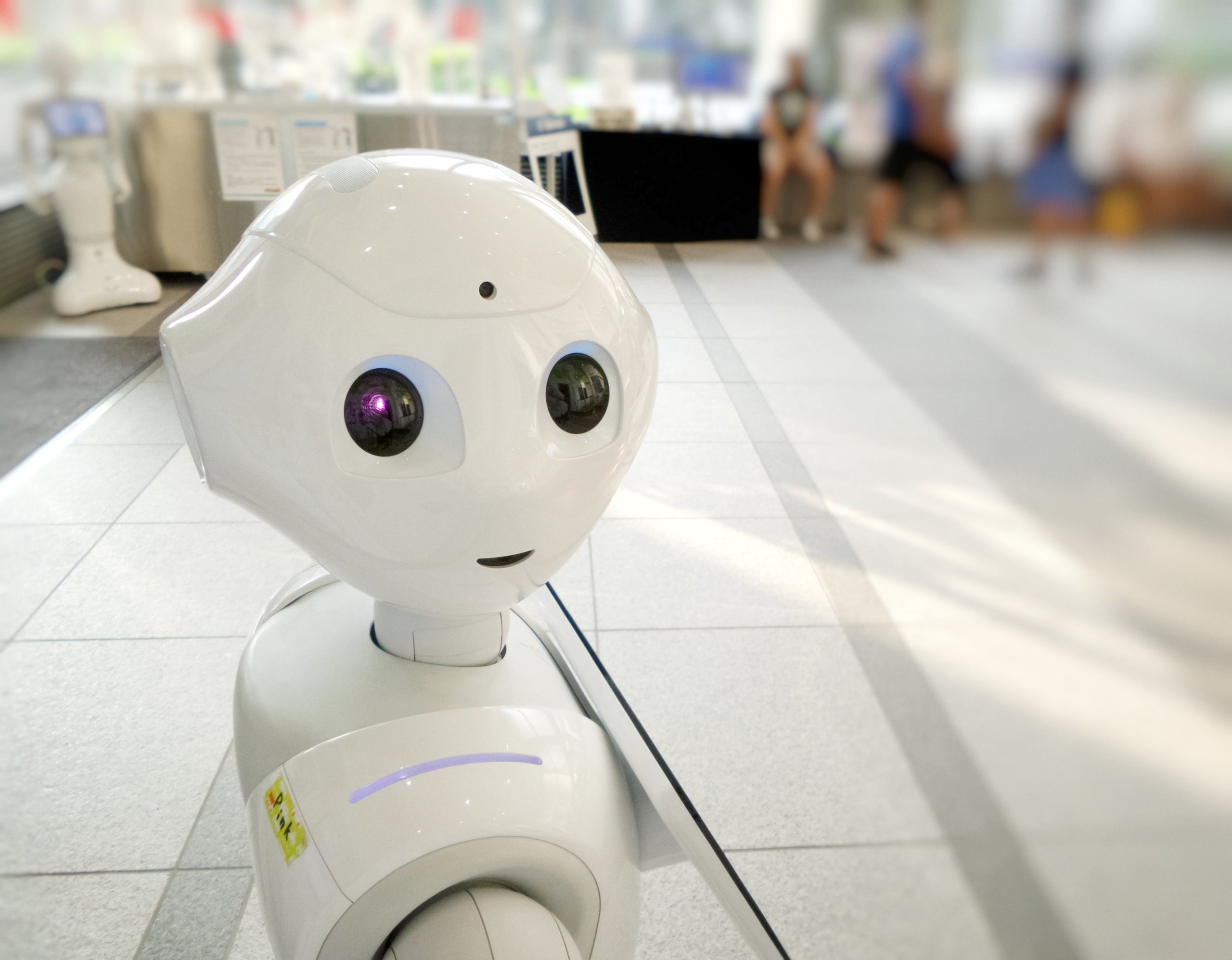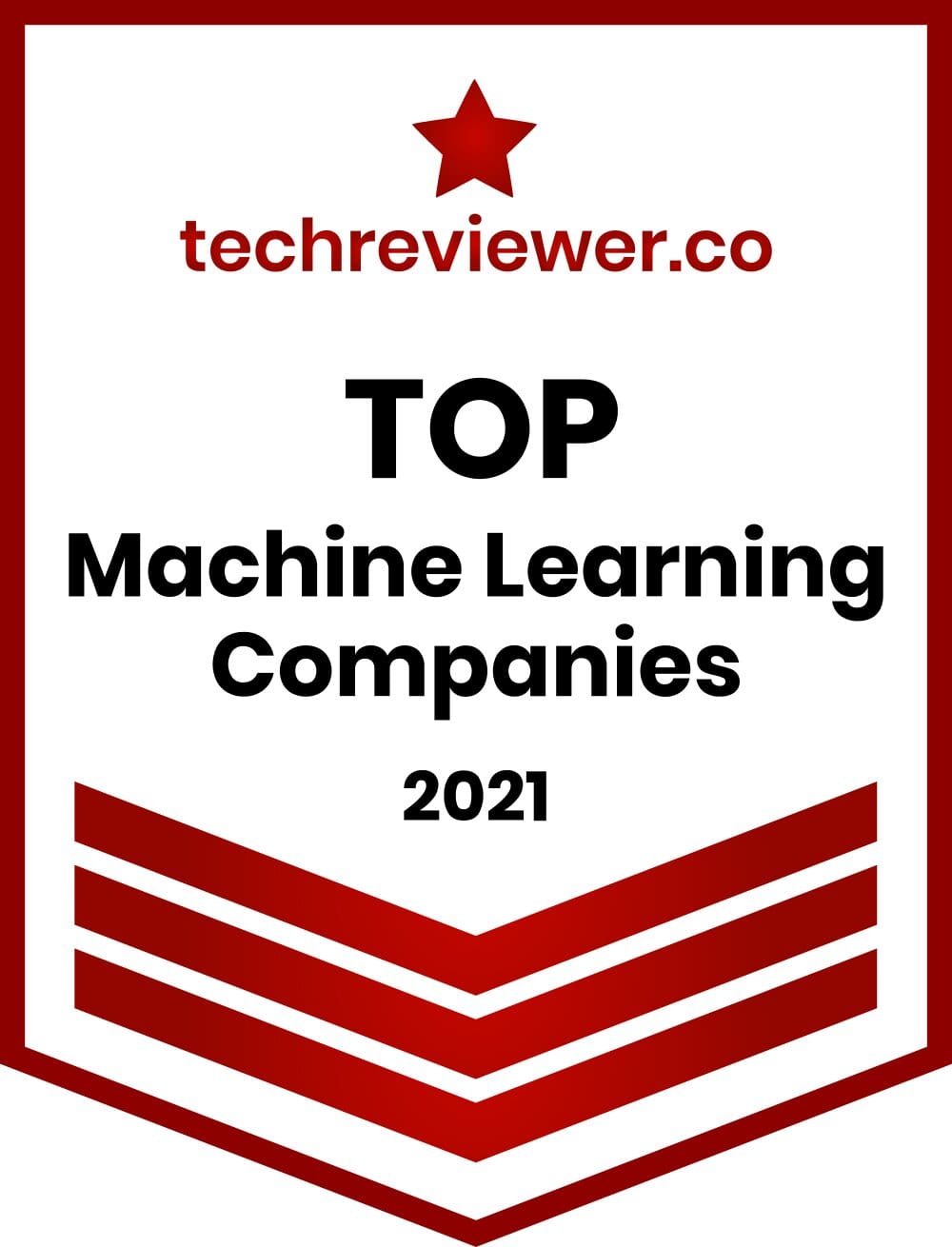 Artificial intelligence (AI) may be a subset of the well-defined and documented field of computer science, but the theory behind AI programming varies from developer to developer. For example, some view AI as a purely algorithmic true/false approach, while others believe AI should be modeled more closely after the human brain.
Artificial intelligence (AI) may be a subset of the well-defined and documented field of computer science, but the theory behind AI programming varies from developer to developer. For example, some view AI as a purely algorithmic true/false approach, while others believe AI should be modeled more closely after the human brain.
Alan Turing, the famous mathematician, once posited a very interesting strategy to AI development. He asked, “Instead of trying to produce a program to simulate the adult mind, why not rather try to produce one which simulates the child’s? If this were then subjected to an appropriate course of education, one would obtain the adult brain.”
Is this idea from Turing the secret to producing better AI? Researchers are eager to find out.
Learning as a Child
Even though Turing published this profound thought in his 1950 paper titled “Computing Machinery and Intelligence”, the theory is still valid today. Many AI developers now follow this approach for their AI programs. But although the thought is important and carries vast potential, the result right now is far from the complex and multidimensional brain we possess both as children and as adults.
Turing followed up his original musing with some more insight: “Our hope is that there is so little mechanism in the child brain that something like it can be easily programmed.” Today, we are discovering that it’s easier to program AI to beat the world’s best Go players than it is to mimic a brain, child or not.
One of the biggest reasons for this discrepancy is that AI really excels when it’s assigned to solve niched down problems. Give an AI a multitude of questions or tasks from a variety of areas, and all of a sudden, the AI starts making no sense.
But Berkley professor Alison Gopnik and her research team are convinced that children hold the key to early-stage advanced AI. They study how children learn, how sophisticated their learning approaches are, and how and when children outperform algorithms.
This year’s International Conference on Machine Learning took place in Long Beach, just outside of Los Angeles. The topic of children, youth, and AI was discussed in a talk at the conference. We’ve recapped some of the most interesting research here.

AI’s Intensive Needs
The most obvious difference between four-year-old brains and our current AI algorithms is that children only need a few examples to begin generalizing ideas and thoughts. Conversely, machine learning algorithms require tons of data to start making connections. They’re valuable in their own way: no human could ever sift through that much data in one go, but without this amount of data, the ML algorithm wouldn’t return quality insights or decisions.
Additionally, data getting fed into ML algorithms must be labeled. New approaches don’t require labeling, but it’s the best and fastest way for the algorithm to understand what exactly it needs to understand from each piece of data. It’s similar to learning from a textbook by referencing the answer key for questions. Children learn in this way too, but again, they need just a few examples and thus much less time to reach the same conclusions.
Imagination’s Importance
Children can also quickly apply their conclusions across a variety of use cases once they’ve learned the correct lessons. They don’t need supervision, and they need not be familiar with the situation to realize the same conclusions can be applied.
Show a child two different pictures of flowers, and the next time you go out, the child is likely to point out landscaping and excitedly announce, “Flowers!” However, machine learning algorithms that work to identify images need thousands or millions of images to even start forming their own pattern.
Gopnik says that children have “abstract generative models” (imagination) that allows them to extrapolate additional situations that might yield the same conclusions. Unlike ML algorithms, by anticipating an answer, children are answering the textbook questions and then checking the answer key.
Children understand cause and effect, experience, and consequences. They can use this information to continue inferring and imagining.
AI researchers are already applying this research about generative models to their algorithms. However, says Gopnik, algorithms may never reach the imagination or broad thinking similar to children.
Watch and Learn
Research out of Gopnik’s lab also shows that children have intuitive Bayesian probability reasoning. In Bayes’ theorem, you use information from past events to inform the current probability of an event. For example, if a needle hurt a child’s finger before, when the child encounters a sharp pencil, he or she may realize that the pencil point could likely hurt.

In machine learning, developers often reach a crossroads when resources or time are limited, where they must decide whether they should look for new strategies or just take the simplest path to results. Termed “explore-exploit”, researchers find that children also go through this conundrum, but they usually pick exploration, rather than exploitation. But adults are more likely to exploit their combined knowledge, rather than explore other approaches. As adults, we’re more risk-averse and less creative.
Perhaps it is true that we will never be able to truly create a child-like algorithm that explores, imagines, and extrapolates across a variety of subjects. But that won’t stop researchers and developers from continuing to watch children and apply their actions and learnings to AI algorithms.
It turns out, at the end of the day, that the best way to develop an AI is to simply watch and learn.





